Purpleheart Wood
-
Purpleheart wood, often referred to as amaranth, violet wood, amendoim, peltogyne, and other names, grows throughout Central and South America, primarily in the Amazon Basin. Its prized for its unusual hue, which starts off as a medium brown color with faint purple accents, but deepens to an intense eggplant purple over time.
Purpleheart has been heavily exploited for decades because of its beautiful purple color, as well as its strength and durability. It is increasingly rare, and is nearing extinction in parts of its original range.
Because purpleheart is exotic and originates in Central and South America, we discourage its use in the US. The environmental toll of harvesting and transporting this beautiful wood is high. Alternatively, look towards cherry or walnut for indoor use, or cedar for outdoor use.
-
Characteristics of Purpleheart Wood
- Color: Brownish-Purple to Eggplant
- Source: Purpleheart Tree (Peltogyne)
- Durability: 1860 on theJanka scale
- Cost: $14 to $45 per board feet
- Common Uses: Outdoor Furniture, Indoor Furniture, Cabinetry, Musical Instruments, Jewelry.
What Color is Purpleheart Wood?
To be fair, there are more than 20 types of peltogyne trees, and some don't produce wood with the characteristic purple hue. However, in its most common form, Purpleheart wood starts off as a medium brown, often with purple undertones, and then darkens to an eggplant shade within a matter of weeks.
What are the Common Uses of Purpleheart Wood?
Traditionally, purpleheart wood has been used most in furniture; both indoors and out. Cabinetry, woodturning, musical instruments, and small objects often utilize the wood as well. Occasionally, its used in flooring too.
What Does the Grain Pattern of Purpleheart Wood Look Like?
Purpleheart wood is usually straight grained, though it can sometimes be wavy or display other patterns.
Is Purpleheart Wood a Hardwood or Softwood?
Theres a common misconception that hardwoods are named such because theyre more durable than their counterparts. While thats often the case, the terms actually denote the type of tree the wood comes from.
Hardwoods come from leafy trees, typically dicots, and softwoods come from conifer trees, which usually fall within the gymnosperm group. Ergo, a few common hardwoods are oak, cherry, walnut, and maple, while pine, cedar, and fir are among the most well-known softwoods.
Peltogyne trees are leafy with small white flowers; theyre eudicots, a subgroup of dicot trees. That means purpleheart wood is a hardwood.
-
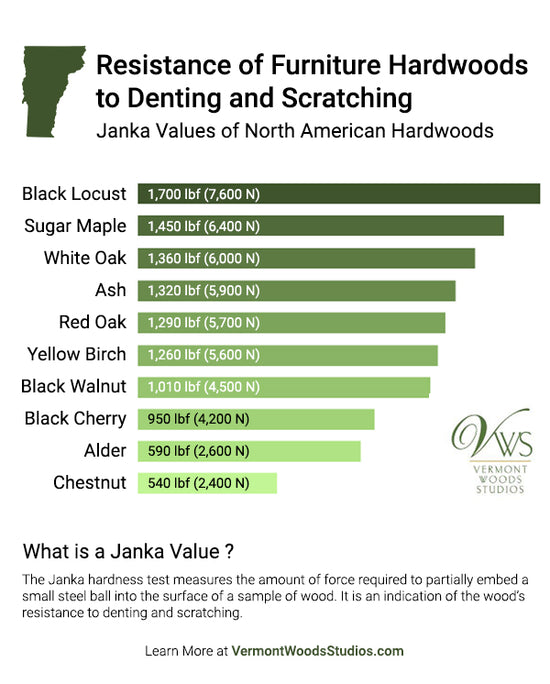
-
How Dense/Hard is Purpleheart Wood?
To better understand how resilient, or resistant to denting and scratching, any given wood type is, theJanka hardness test is used. During the test, a small steel ball is pressed into the wood until its embedded half way and the amount of force required to accomplish the task is recorded either as pounds of force (lbf) or Janka.
Purpleheart wood is rated 1,860 Janka, which means its incredibly dense and durable. Of all the commonly used domestic hardwoods, sugar maple is the closest at 1,450 Janka, with white oak not far behind at 1,360 Janka. To give additional perspective, softwoods like Douglas fir and eastern white pine sit at 660 Janka and 420 Janka, respectively.
Can Purpleheart Wood Furniture Go Outside?
The extractives in purpleheart wood make it very resistant to rot and insects, but any natural wood left outdoors will eventually succumb to the elements and require regular maintenance. In the case of a species thats typically harvested from endangered rainforests, its virtually unfathomable to think about leaving it outside.
Instead, consider buying cedar outdoor furniture or Polywood.
Is Purpleheart Wood Eco-Friendly? Are Purpleheart Trees Endangered?
At present, there are no peltogyne trees on the endangered list. However, the harvest of woods like Purpleheart, Teak, and Mahogany contributes to the destruction of rainforests, devastates the homes of indigenous peoples, threatens wildlife, and feeds international crime rings. Moreover, purpleheart wood must travel a considerable distance to reach consumers in the United States, which means the carbon footprint is amplified considerably compared to domestic options.
In short, it is not an eco-friendly choice. Rainforest Relief, an organization dedicated to preserving the rainforests, recommends that those looking for exterior furniture select recycled plastic lumber, like our Polywood collection, and mentions alternatives such as hard maple, red oak, white oak, and walnut, for interior furniture. If youre looking for outdoor furniture made of wood, consider cedar, which grows domestically and has some of the same rot-resistant characteristics of Purpleheart and Teak.
Is Purpleheart Wood Sustainable?
Unfortunately, purpleheart wood is often harvested from endangered tropical rainforests and overharvesting, as well as illegal harvesting, is a major problem. At present, just 20% of the earths forests remain intact enough to serve their vital biological functions.
Why is Purpleheart Wood So Expensive?
Any wood that comes from the rainforests is usually going to be expensive, in part because of the restrictions on logging and export and due to the transportation costs. Purpleheart wood is also challenging to work with. Its a very hearty wood designed by nature to withstand the weather and pests. The extractives that give purpleheart wood these properties are so thick and gummy that they often wreak havoc on woodworking tools.
Read More on the Blog
-
5 Exotic Hardwoods to Avoid & Why
Read MoreWood is generally an earth friendly material because it is renewable, meaning it grows back and isn’t finite like oil, metals, or even rock. But not all species of wood are inherently sustainable.
-
FSC Certified Wood: Everything You Need to Know
Read MoreSupporters of the sustainable American-made furniture movement prefer the use of domestic wood over the use of imported FSC certified wood.
-
Hardwood Furniture Buyer's Guide, Part 1
Read MoreThis hardwood dining table, buffet and chair set is made of American black cherry wood. Mortise and tenon joints are used as well as dovetails in the drawers of the buffet.
-
5 Wood Sourcing Certifications
Read MoreSustainable wood sourcing is essential to protecting forests and conserving resources for future generations. By understanding what each designation stands for, you can make informed decisions when purchasing.
-
Wood Furniture Buyer's Guide
Read MoreShopping online for high quality wood furniture requires some research. After all, fine furniture is a big investment.
Other Types of Wood Species
-
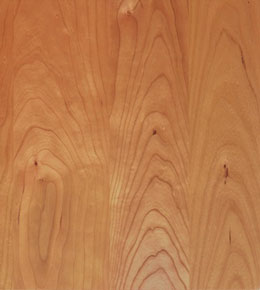
Cherry Wood
More About Cherry -
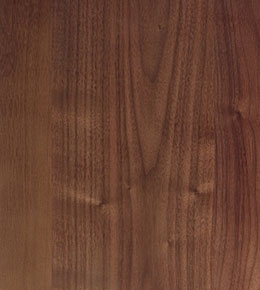
Walnut Wood
More About Walnut -
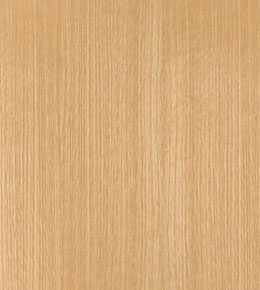
Oak Wood
More About Oak -
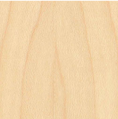
Maple Wood
More About Maple





